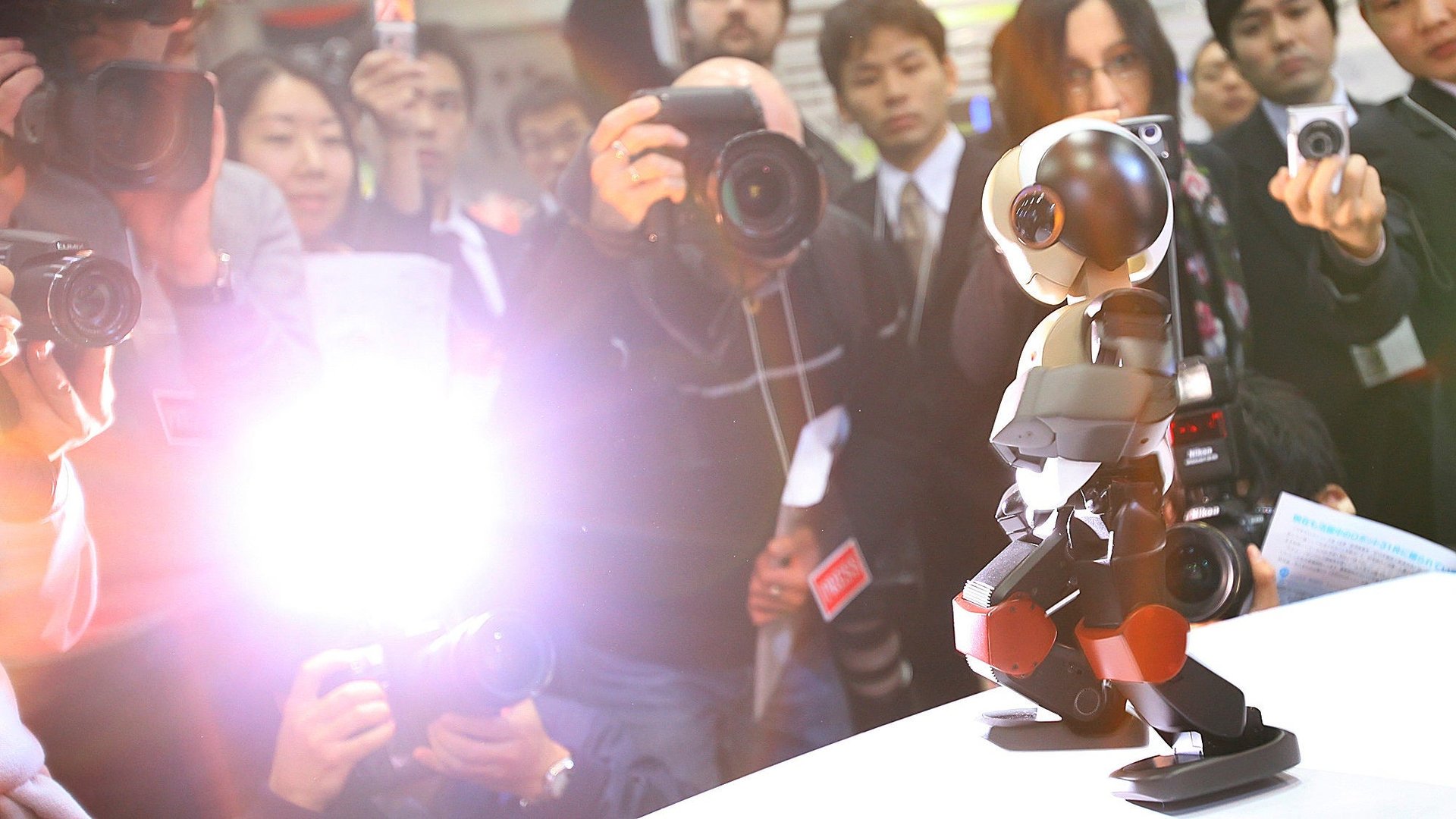The future of Twitter is robots tweeting at each other
Twitter is full of weird stuff none of us ever notice because it mostly just looks like spam or nonsense. But if you look closely, as some have, you’ll find spies using Twitter to communicate with each other in code, environmental sensors broadcasting useful data, a toaster with 2,000 followers and an artificially intelligent chat-bot that debates deniers of climate change.


Twitter is full of weird stuff none of us ever notice because it mostly just looks like spam or nonsense. But if you look closely, as some have, you’ll find spies using Twitter to communicate with each other in code, environmental sensors broadcasting useful data, a toaster with 2,000 followers and an artificially intelligent chat-bot that debates deniers of climate change.
Twitter is seven years old today, but in some ways programmers have only begun to explore its utility. That’s because Twitter has, like email, become a medium unto itself.
As Jason Fried, co-founder of 37 Signals put it, email is a kind of API—that’s programmer-speak for a way to interface with a piece of software. But email is the ultimate API for humans, because everyone has an email address and even your grandmother knows how to use it.
Twitter has similar potential—it’s not an “open” standard like email, but it has other features that recommend it, mainly that instead of being person to person, it’s a truly broadcast medium. Anyone can follow any other (non-protected) stream of tweets, and programmers can build software that interacts with Twitter itself, directly—through its (machine-to-machine) API.
This means Twitter is useful as a kind of universal platform for getting machines to broadcast their status. For information that people want to make public, this is fantastic. And it’s possible for software to both post and read tweets, with no human intervention involved. That process isn’t as easy as it once was, but it remains a capability of Twitter that most people don’t notice because they’re primarily using the service for news or socializing.
Here’s what could change that: The coming of the Internet of Things. Right now toasters that tweet are useless, a novelty. But a tide gauge that tweets turns out to be very useful, and anyone can access its human-readable output via Twitter. Despite the hype, there still aren’t that many sensors in our world that are broadcasting anything of interest. But as hobbyists build and connect more to the internet—from devices that broadcast air quality in pollution-choked Beijing to ones that keep tabs on our pets—the status of Twitter as a “universal API” alongside email will mean more traffic—and utility—for the service than ever.